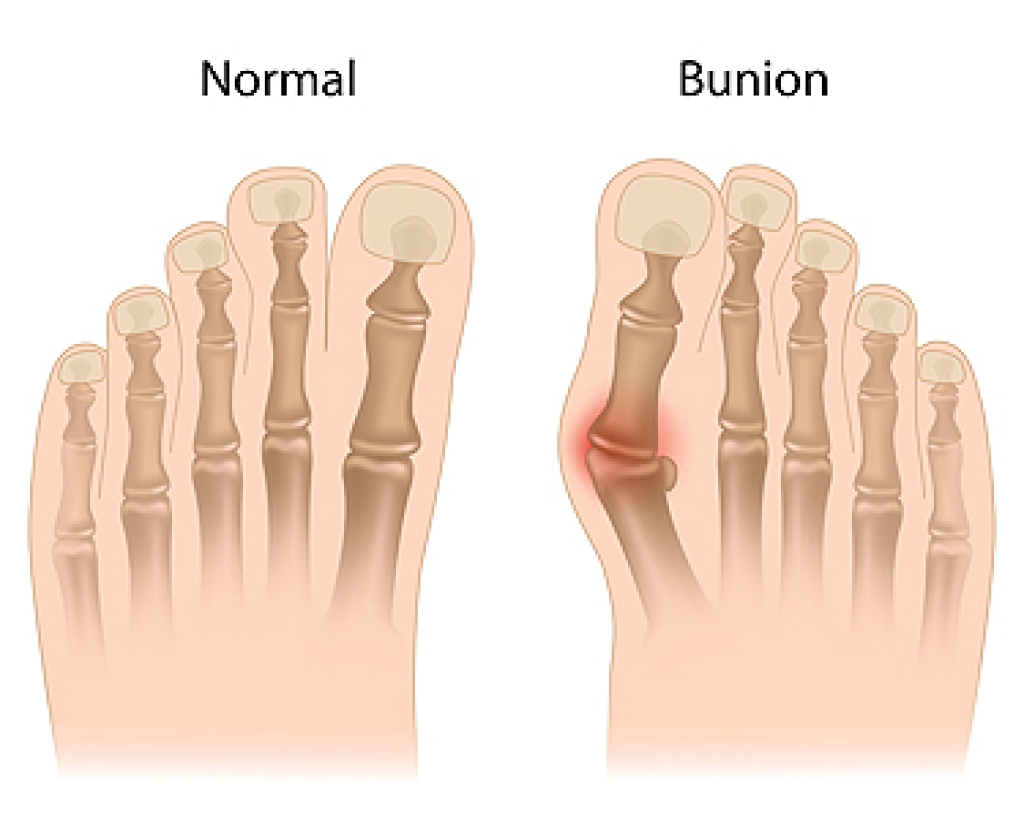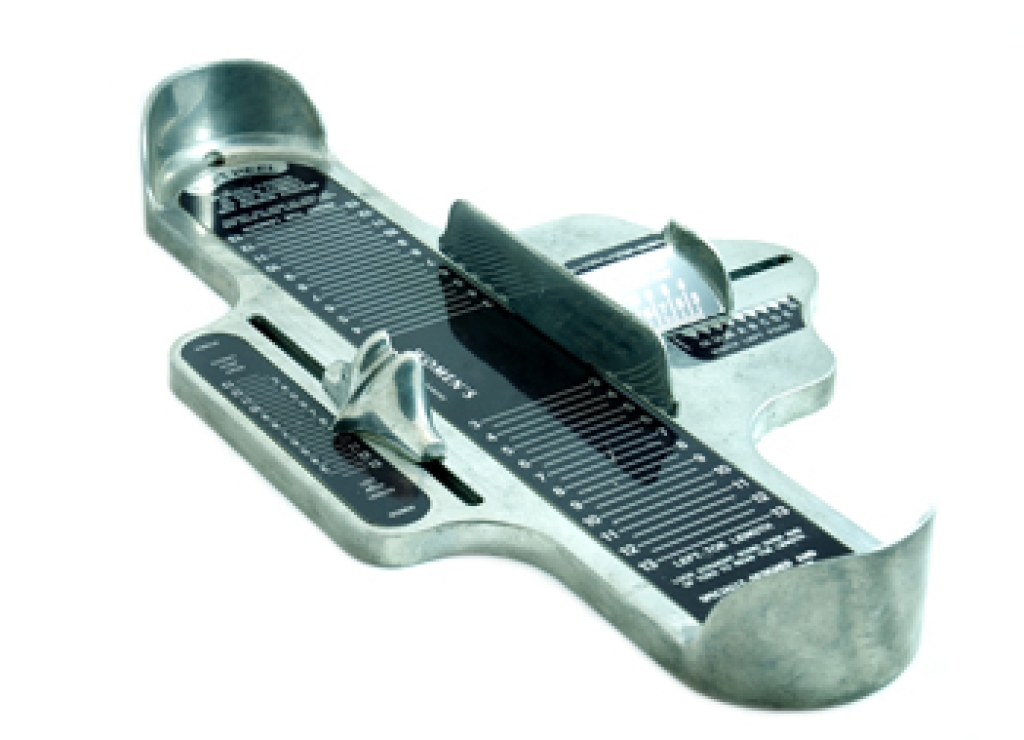
As people age, gradual changes in foot structure can lead to discomfort and reduced mobility in the feet and ankles. Loss of natural padding on the soles, joint stiffness, reduced muscle strength, and flattening of the arches can place added stress on bones and soft tissue. Problems that develop over time include arthritis in the many joints of the feet, bunions that shift toe alignment, and hammertoes. Corns, calluses, fungal nail problems, heel pain, and acquired flatfoot caused by weakened tendons may also arise. These issues can affect balance and walking patterns, increasing strain on the feet during daily activity as well as the risk of falls. A podiatrist can evaluate changes in alignment, joint motion, skin health, and circulation. This foot doctor may then recommend appropriate treatment or surgery, when needed, to address long-term problems and protect foot function. If you are an older adult experiencing foot problems, it is suggested that you make an appointment with a podiatrist for a diagnosis and options for advanced treatment.
Proper foot care is something many older adults forget to consider. If you have any concerns about your feet and ankles, contact Jason Bell, DPM from Advantage Foot and Ankle Center . Our doctor can provide the care you need to keep you pain-free and on your feet.
The Elderly and Their Feet
As we age we start to notice many changes in our body, but the elder population may not notice them right away. Medical conditions may prevent the elderly to take notice of their foot health right away. Poor vision is a lead contributor to not taking action for the elderly.
Common Conditions
- Neuropathy – can reduce feeling in the feet and can hide many life-threatening medical conditions.
- Reduced flexibility – prevents the ability of proper toenail trimming, and foot cleaning. If left untreated, it may lead to further medical issues.
- Foot sores – amongst the older population can be serious before they are discovered. Some of the problematic conditions they may face are:
- Gouging toenails affecting nearby toe
- Shoes that don’t fit properly
- Pressure sores
- Loss of circulation in legs & feet
- Edema & swelling of feet and ankles
Susceptible Infections
Diabetes and poor circulation can cause general loss of sensitivity over the years, turning a simple cut into a serious issue.
If you have any questions, please feel free to contact our office located in Newark, DE . We offer the newest diagnostic and treatment technologies for all your foot care needs.




